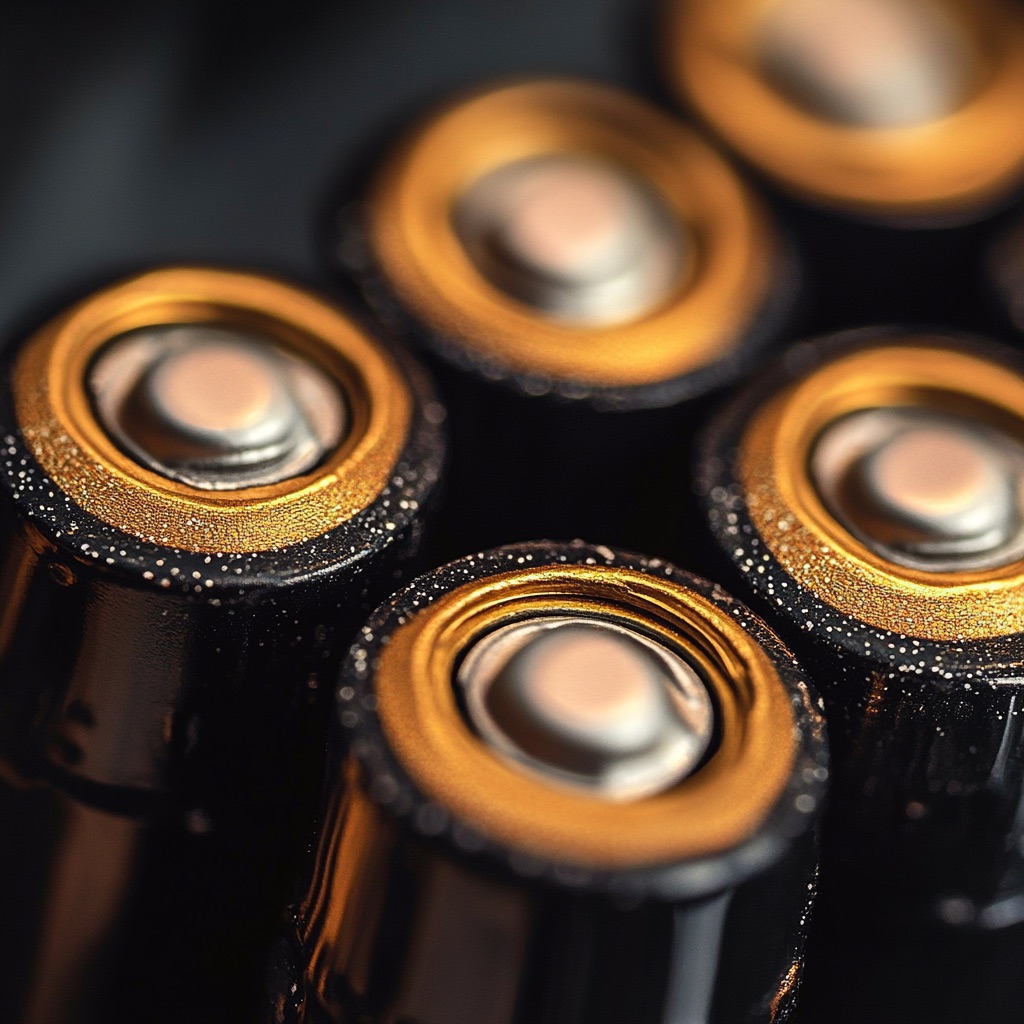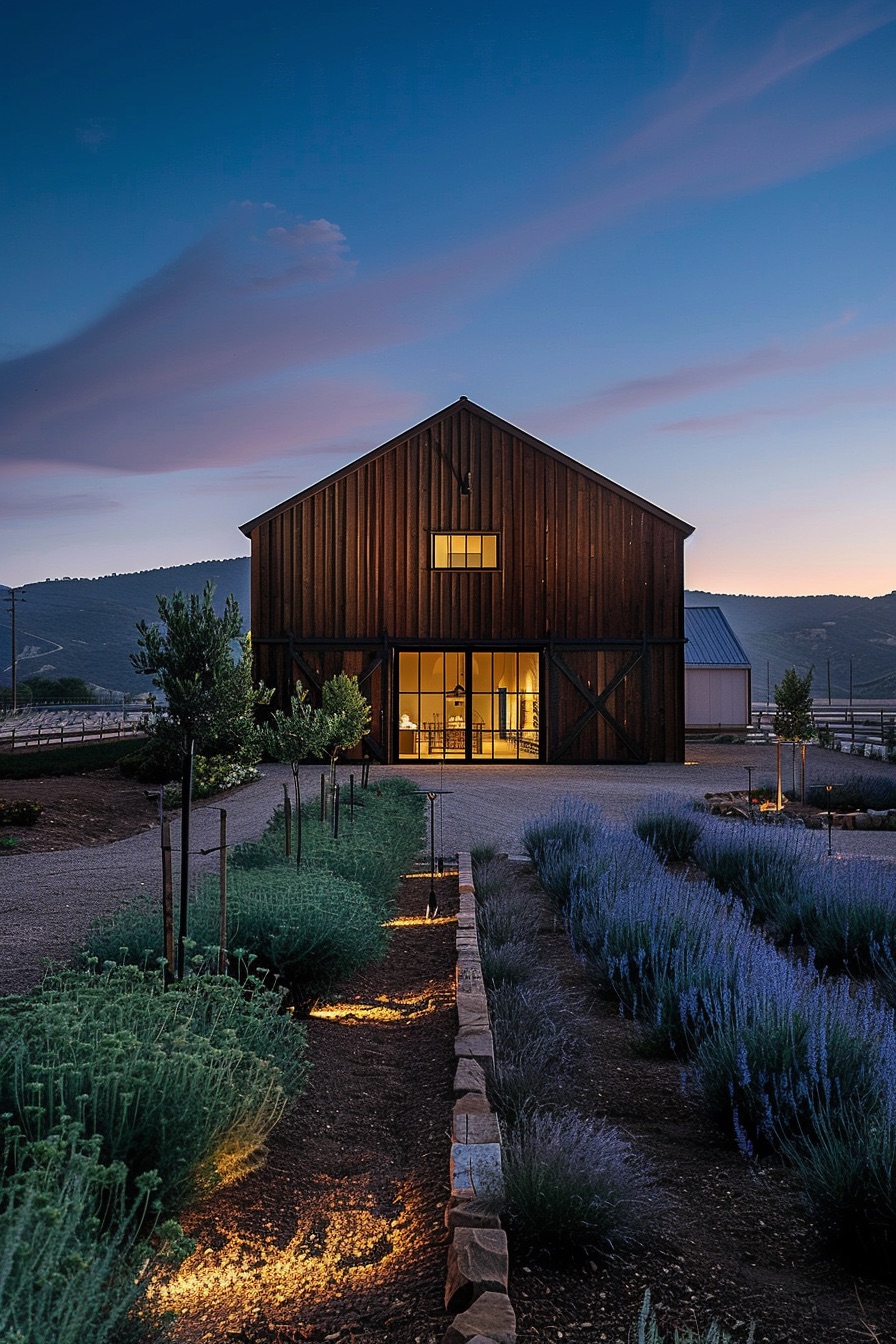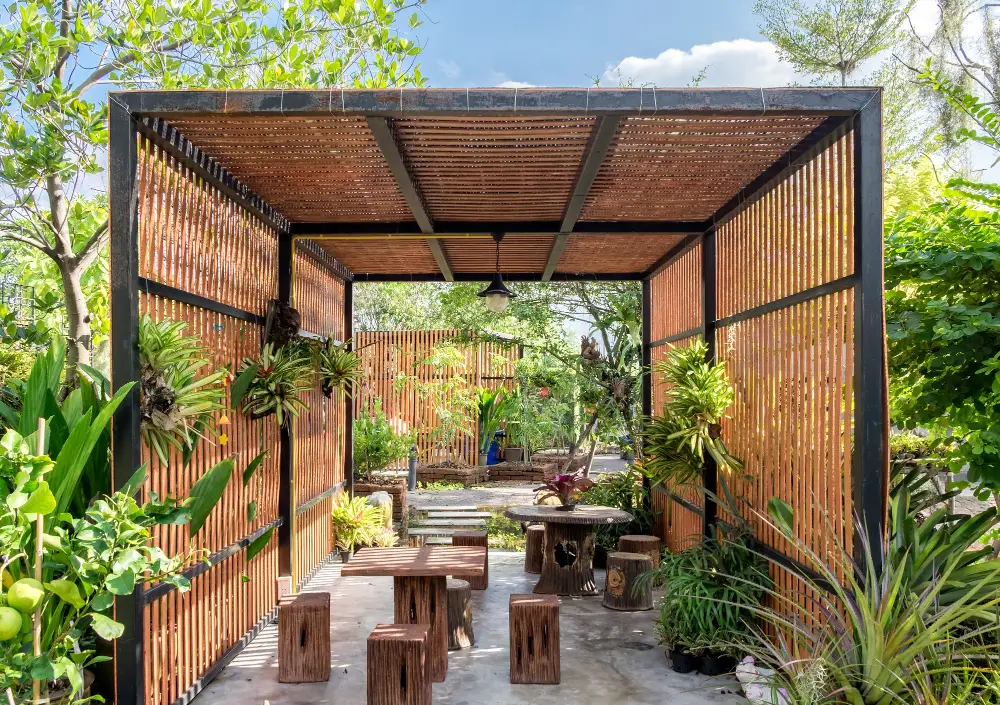Survival kits are essential in preparing for unexpected situations, whether you’re facing natural disasters or adventurous outings. Let’s explore the top five kits that could be lifesavers in various scenarios.
Look Inside:
Understanding the Basics of a Survival Kit
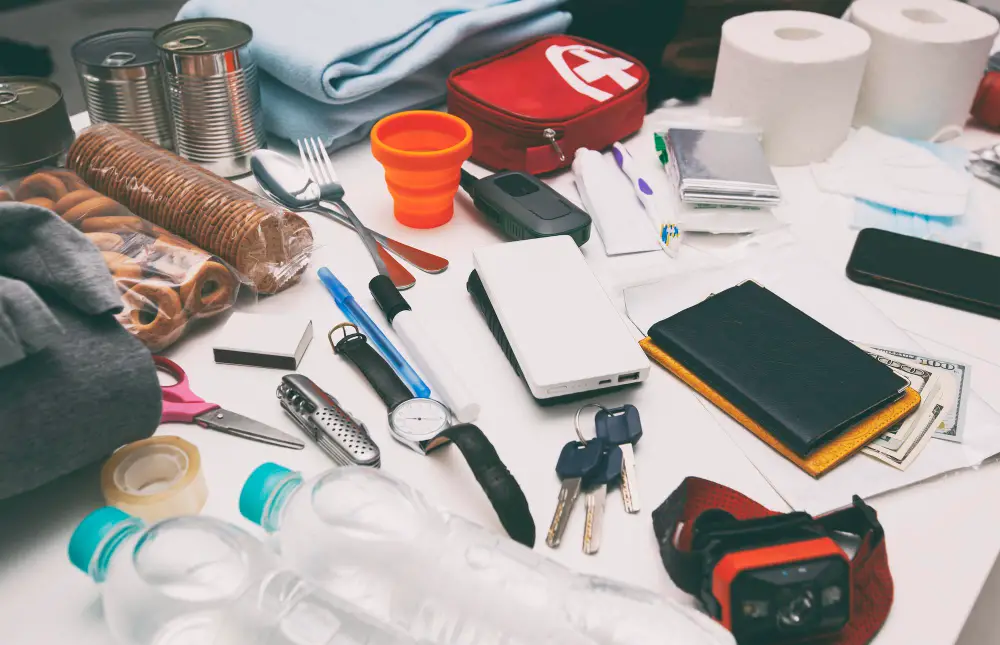
Each survival Zkit should include items that cater to basic human needs: water, food, shelter, and warmth. For example, a well-prepared kit might contain water purification tablets, energy-rich snacks, a thermal blanket, and a compact, durable tent. These items ensure that you can sustain yourself in harsh conditions until help arrives or the situation improves.
The Wilderness Explorer
Imagine you’re hiking in the Rocky Mountains. The weather turns swiftly, leaving you stranded. Here, a wilderness survival kit comes into play. It might include a map, compass, multi-tool, fire starter, and signaling whistle.
These tools not only help you navigate through dense forests but also signal for help if you’re lost. A real-life incident involved a hiker who survived three days in the wild thanks to his kit containing these exact items.
The Urban Survivor
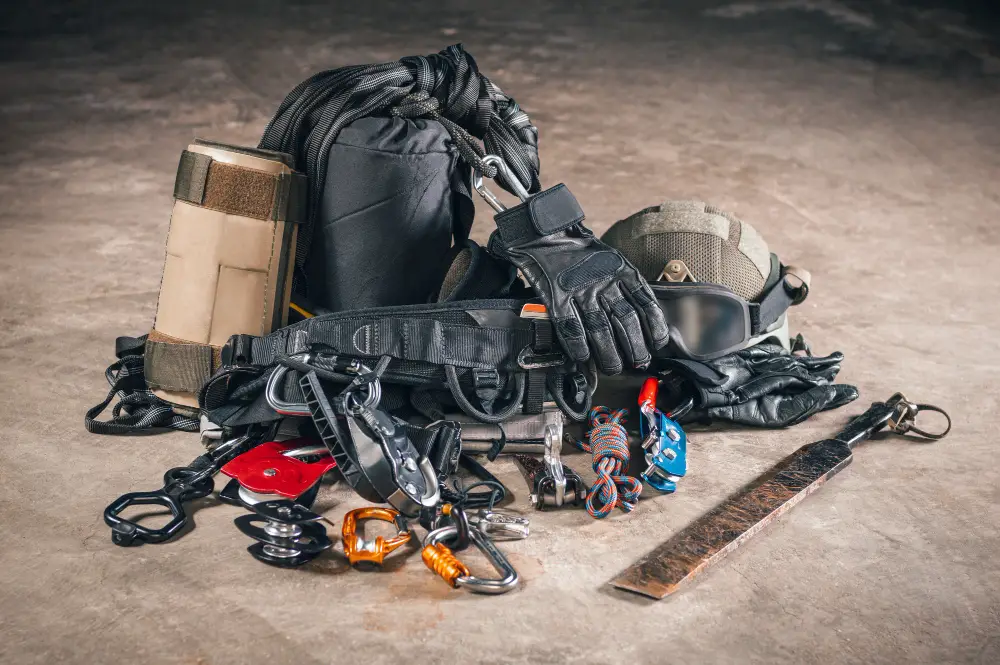
Urban environments require a different set of tools. In scenarios like earthquakes or blackouts, an urban survival kit proves invaluable. It should include items such as a flashlight, dust mask, sturdy gloves, and emergency contact numbers. This kit focuses on navigating through rubble or confined spaces, which is crucial for escaping collapsed buildings or other urban traps.
The Car Emergency Kit
Your vehicle can also be a survival location. A car emergency kit is essential for anyone who drives, especially in remote areas or where weather conditions can change dramatically.
This kit should include jumper cables, tire sealant, a flashlight, and warm blankets. There’s a story of a family who survived a snowstorm because their car kit had enough supplies to keep them warm and hydrated until rescue teams arrived.
The Natural Disaster Kit
For those living in areas prone to natural disasters like hurricanes, floods, or wildfires, a specific kit is necessary. It should include not only basic survival items but also local maps, a battery-powered radio, extra batteries, and medications.
A survivor of Hurricane Katrina managed to stay safe by having a kit that included all these items, which significantly improved his ability to stay informed and make necessary decisions during the disaster.
The Minimalist Survival Pack
For the everyday adventurer or for someone who likes to be prepared at all times, a minimalist survival pack is ideal. This pack would focus on the essentials: a water filter, a small first aid kit, a pocket knife, and an emergency blanket. It’s compact enough to be carried on your person at all times, ensuring readiness no matter where you are.
Further Learning and Preparation
Understanding how to use each item in your survival kit is as crucial as having the kit itself. Regularly updating your skills through courses or online resources can make a significant difference in an emergency. Moreover, always ensure your kit is tailored to your specific needs and the environments you anticipate encountering.
The Takeaway
Having a survival kit is not just about preparing for the worst; it’s about ensuring peace of mind. These kits are not one-size-fits-all, and choosing the right one depends on your environment, activities, and personal needs.
Remember, the key to survival is not just having the right tools but also the knowledge to use them effectively. Whether you’re an avid hiker, a daily commuter, or living in a hurricane-prone area, there’s a survival kit out there designed to meet your needs. Stay prepared, stay safe.
